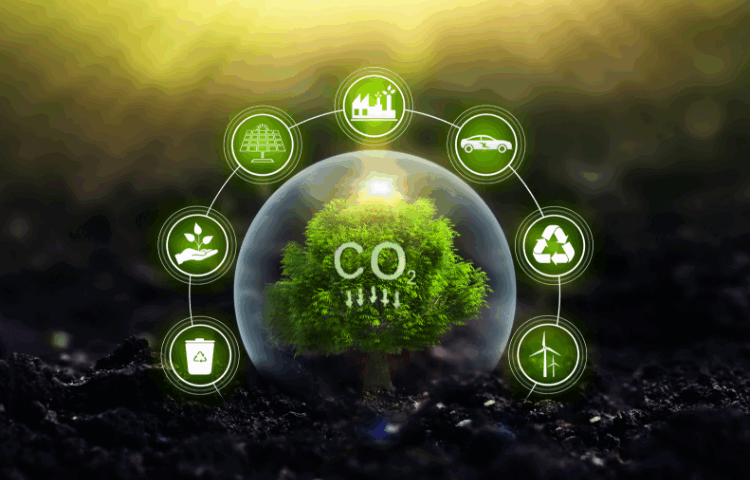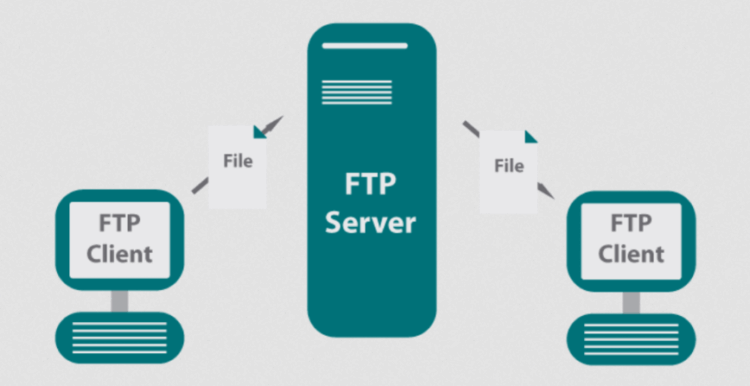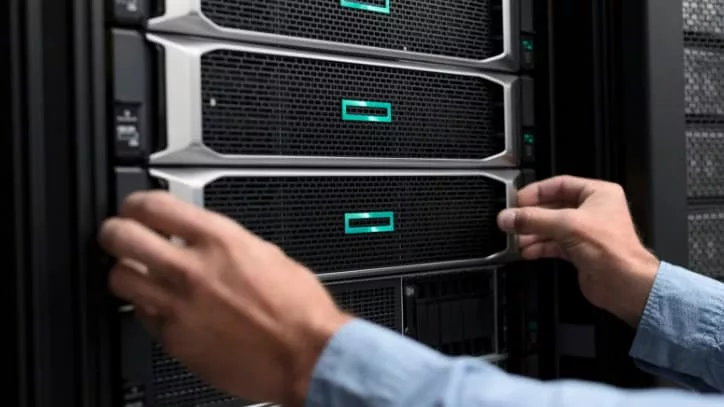Green web hosting services with low carbon footprint set the stage for this enthralling narrative, offering readers a glimpse into a story that is rich in detail and brimming with originality from the outset. As the world becomes more environmentally conscious, the significance of choosing sustainable options like green web hosting cannot be overstated.
This article delves into the concept, benefits, features, and strategies related to green web hosting services with a low carbon footprint, providing valuable insights for businesses and individuals alike.
What is Green Web Hosting?
Green web hosting refers to the practice of using eco-friendly technologies to minimize the environmental impact of hosting websites on the internet. This type of hosting aims to reduce carbon footprint, energy consumption, and overall environmental harm caused by traditional web hosting services.How Green Web Hosting Minimizes Environmental Impact
- Utilizes renewable energy sources like wind, solar, or hydroelectric power to run data centers.
- Implements energy-efficient hardware and cooling systems to reduce electricity consumption.
- Offset carbon emissions through reforestation projects or purchasing renewable energy credits.
The Importance of Choosing Green Web Hosting Services
- Contributes to the fight against climate change by reducing greenhouse gas emissions.
- Supports sustainability efforts and promotes environmentally responsible practices in the tech industry.
- Helps businesses and individuals align their values with their online presence, showcasing commitment to environmental conservation.
Benefits of Low Carbon Footprint in Web Hosting
Reducing the carbon footprint in web hosting offers numerous advantages in terms of environmental sustainability and energy efficiency. By opting for low carbon footprint hosting, companies can significantly contribute to the reduction of greenhouse gas emissions and promote a cleaner, greener digital landscape.Advantages of Low Carbon Footprint Web Hosting
- Environmental Conservation: Low carbon footprint hosting helps in preserving the environment by minimizing the emission of harmful greenhouse gases into the atmosphere.
- Energy Efficiency: By using renewable energy sources and efficient infrastructure, low carbon footprint hosting reduces energy consumption and promotes sustainability.
- Positive Brand Image: Companies that choose green web hosting services demonstrate their commitment to environmental responsibility, which can enhance their brand reputation.
Reduction of Greenhouse Gas Emissions
Low carbon footprint hosting plays a crucial role in reducing greenhouse gas emissions, such as carbon dioxide and methane, which are major contributors to climate change. By utilizing eco-friendly practices and renewable energy sources, web hosting providers can minimize their environmental impact and help combat global warming.Comparison with Traditional Hosting
- Energy Consumption: Low carbon footprint hosting consumes less energy compared to traditional hosting, leading to lower carbon emissions and reduced environmental impact.
- Sustainability Features: Green web hosting services often incorporate energy-efficient technologies, such as server virtualization and cooling systems, to optimize resource utilization and minimize waste.
- Long-Term Benefits: Investing in low carbon footprint hosting not only benefits the environment in the short term but also ensures a more sustainable and eco-friendly digital infrastructure for the future.
Features of Green Web Hosting Services
Green web hosting services offer a variety of features that set them apart from traditional web hosting providers. These features not only benefit the environment but also provide a competitive edge for businesses looking to reduce their carbon footprint.Utilization of Renewable Energy Sources
- Green web hosting services utilize renewable energy sources such as solar, wind, and hydroelectric power to run their data centers. This helps reduce reliance on fossil fuels and minimizes the carbon footprint associated with hosting websites.
- By investing in renewable energy, green hosting providers ensure that their operations are sustainable and environmentally friendly.
- Examples of green hosting providers that prioritize renewable energy sources include AISO.net, GreenGeeks, and DreamHost.
Energy-Efficient Infrastructure
- Green web hosting services often use energy-efficient hardware and cooling systems to reduce overall energy consumption.
- By optimizing their infrastructure for energy efficiency, these providers are able to minimize their environmental impact while still delivering reliable hosting services.
- Providers like SiteGround and HostPapa are known for their commitment to energy-efficient infrastructure in their data centers.
Carbon Offsetting Initiatives
- Some green hosting providers offer carbon offsetting initiatives to neutralize the carbon emissions generated by their operations.
- Through partnerships with environmental organizations, these providers invest in projects that reduce greenhouse gas emissions and promote sustainability.
- Companies like Kualo and InMotion Hosting are examples of web hosts that offer carbon offsetting options to their customers.
Strategies for Businesses to Implement Green Web Hosting
Implementing green web hosting practices is essential for businesses looking to reduce their carbon footprint and contribute to a more sustainable environment. Here are some strategies for businesses to transition to green web hosting:1. Assess Current Energy Consumption
- Conduct an audit of your current energy consumption related to web hosting services.
- Identify areas where energy efficiency can be improved.
2. Choose a Green Web Hosting Provider
- Research and select a web hosting provider that offers green hosting services.
- Ensure the provider uses renewable energy sources to power their data centers.
3. Optimize Server Efficiency
- Consolidate servers to reduce energy consumption and improve efficiency.
- Implement virtualization and cloud hosting to maximize server utilization.
4. Use Energy-Efficient Hardware
- Invest in energy-efficient hardware for your servers and data centers.
- Upgrade to newer, more energy-efficient equipment to reduce power consumption.
5. Implement Website Optimization
- Optimize website design and content to reduce server load and energy consumption.
- Use caching and content delivery networks (CDNs) to improve website performance and efficiency.
6. Monitor and Track Progress
- Regularly monitor and track your energy consumption and carbon footprint.
- Set goals for reducing energy usage and track progress towards sustainability targets.










